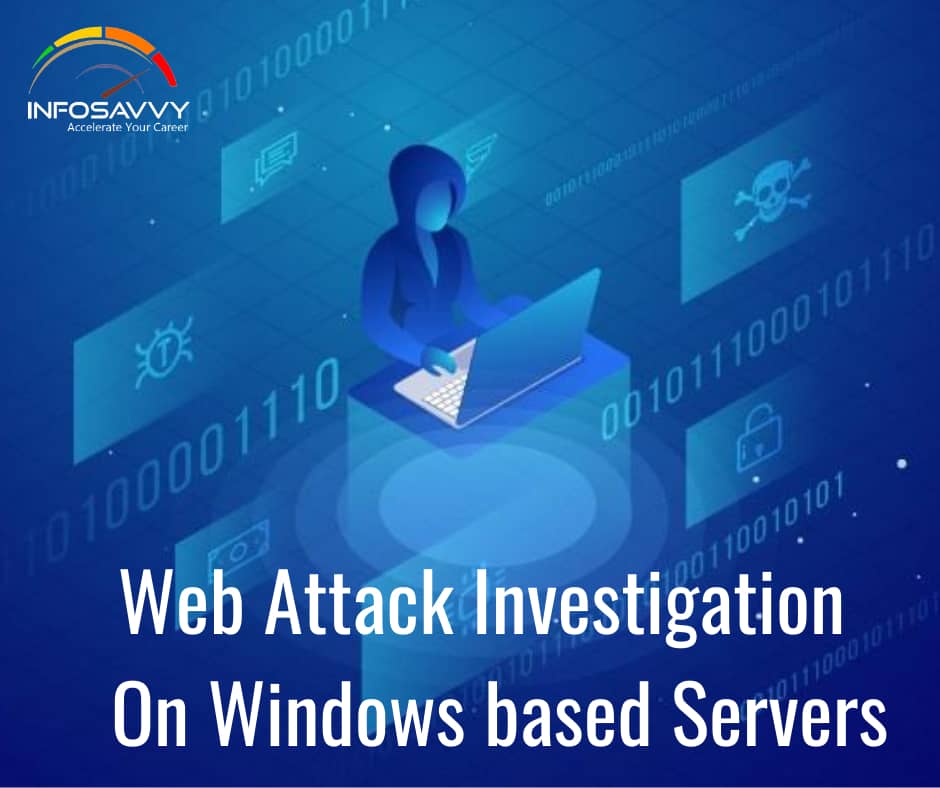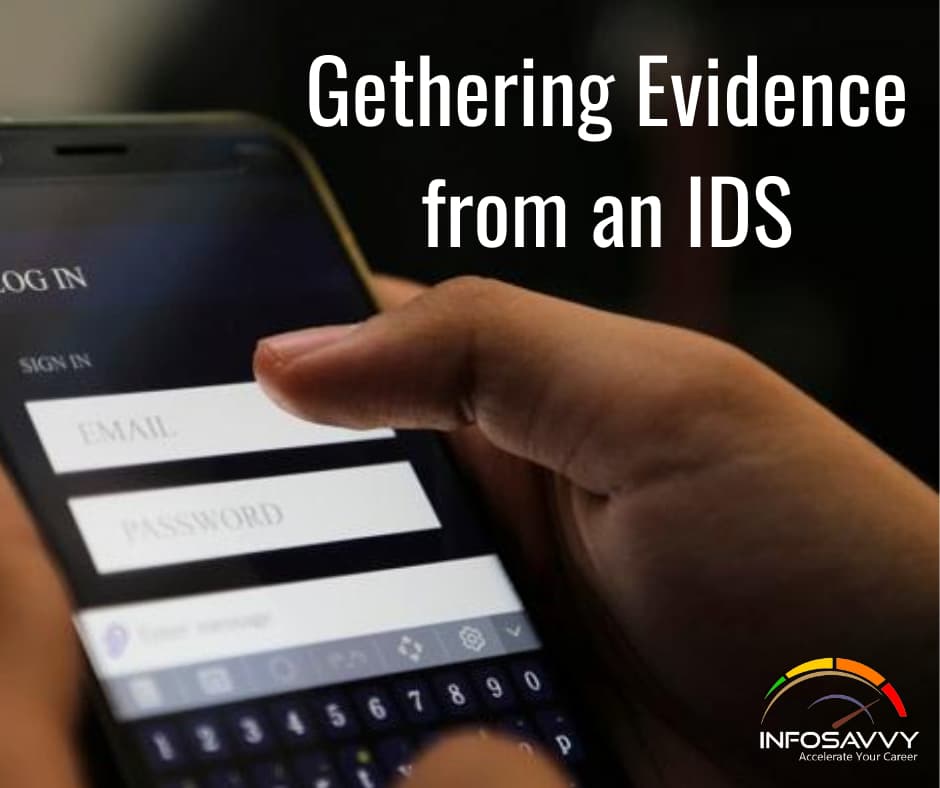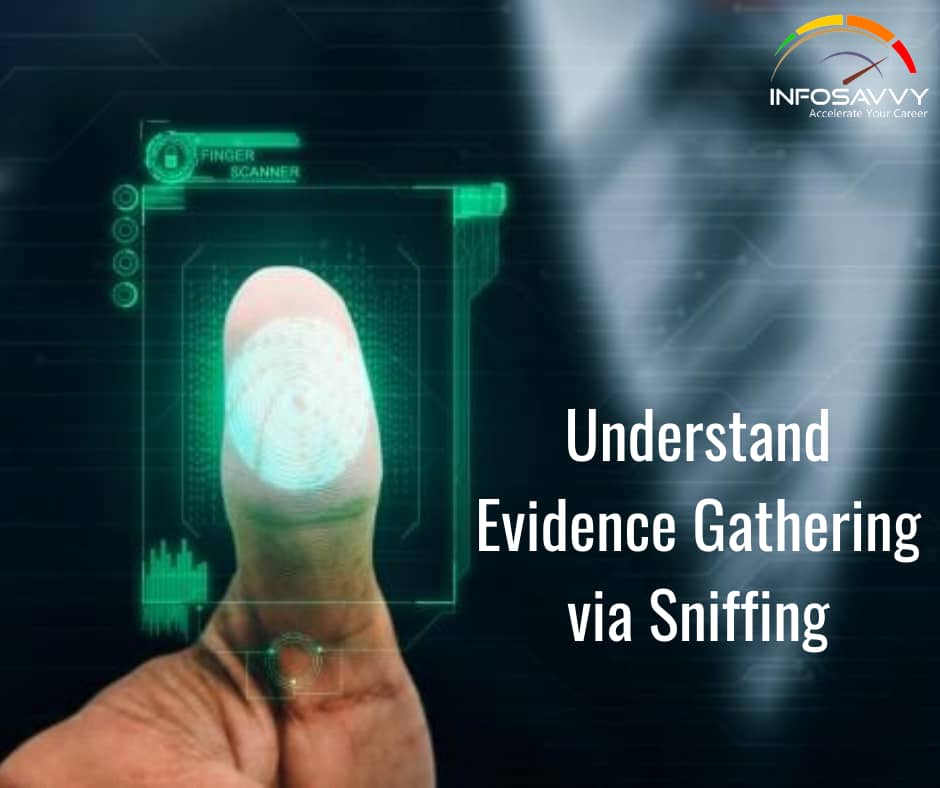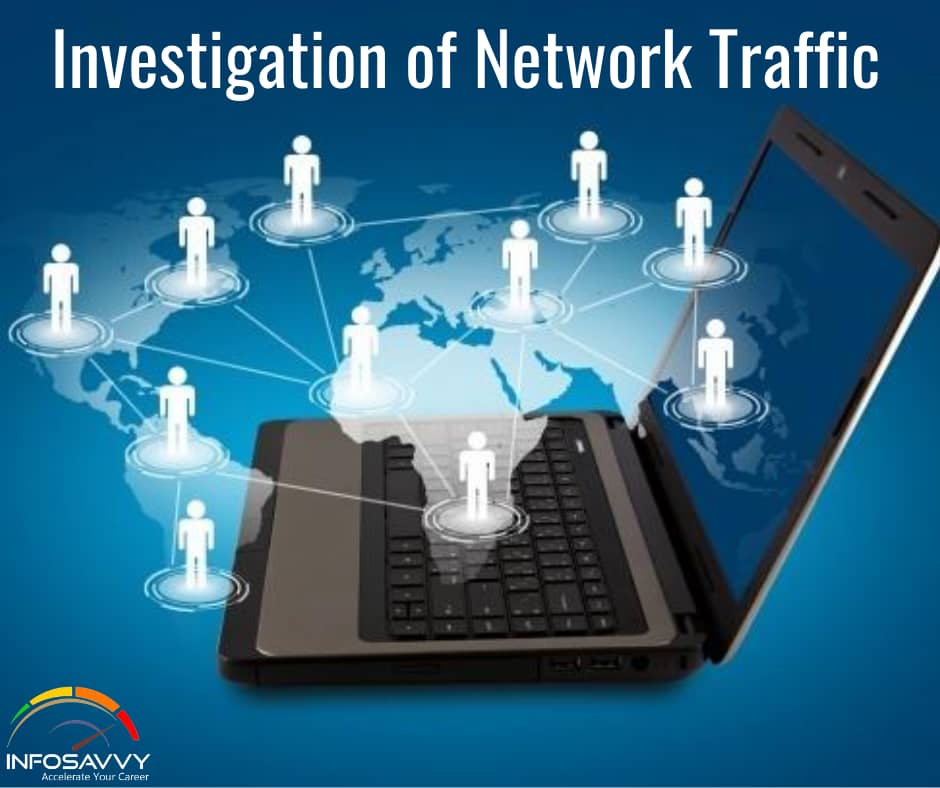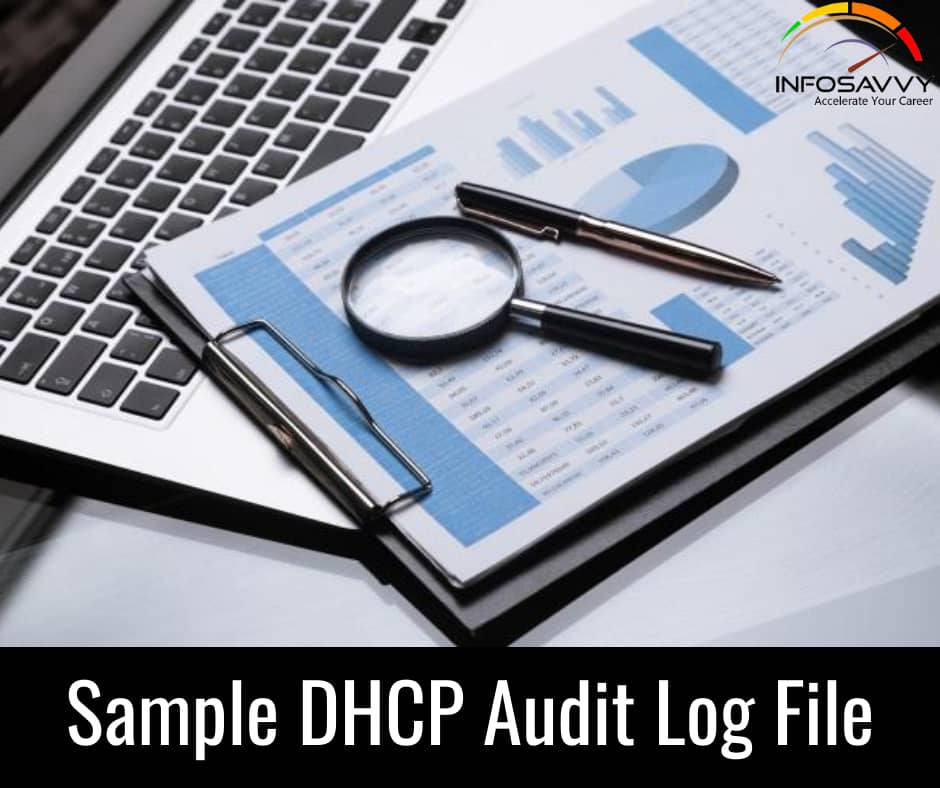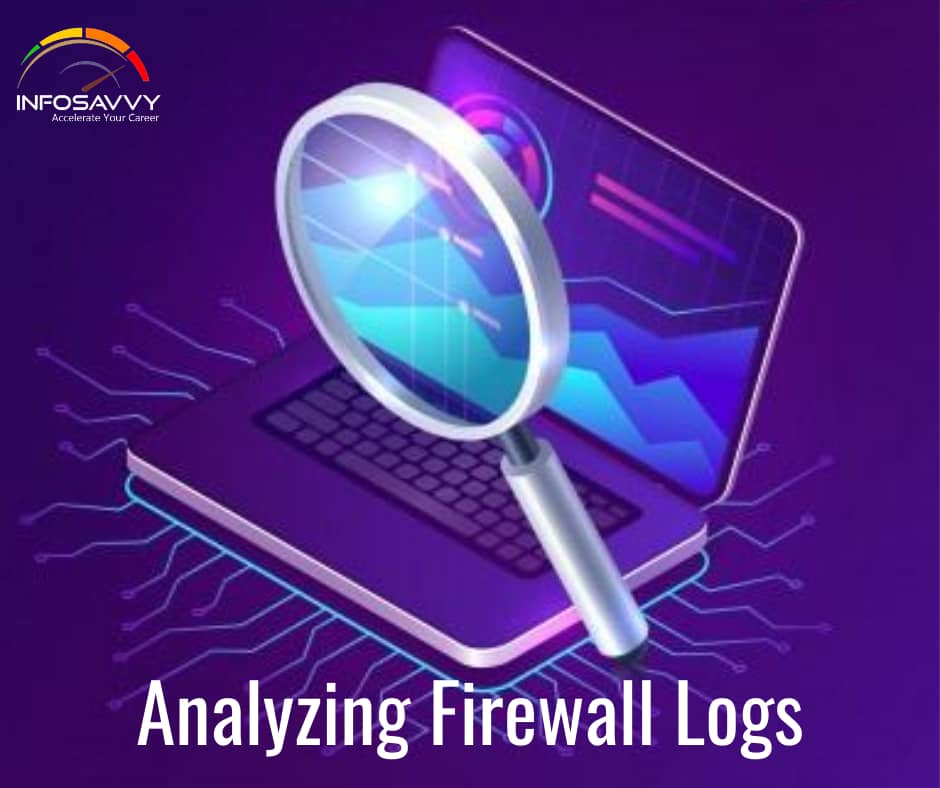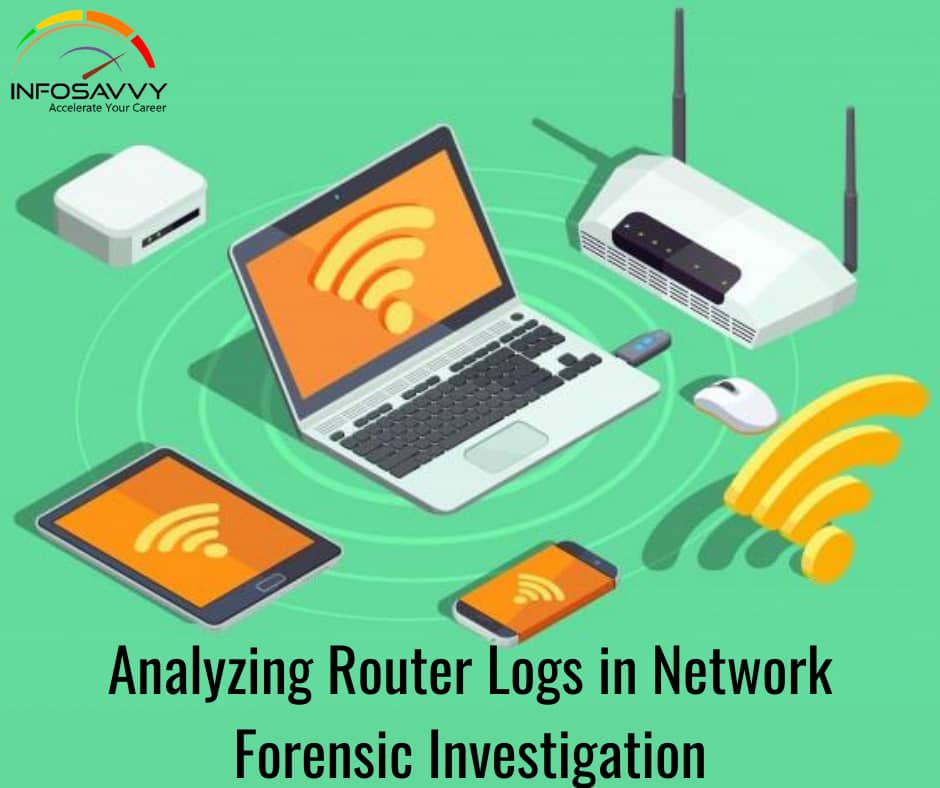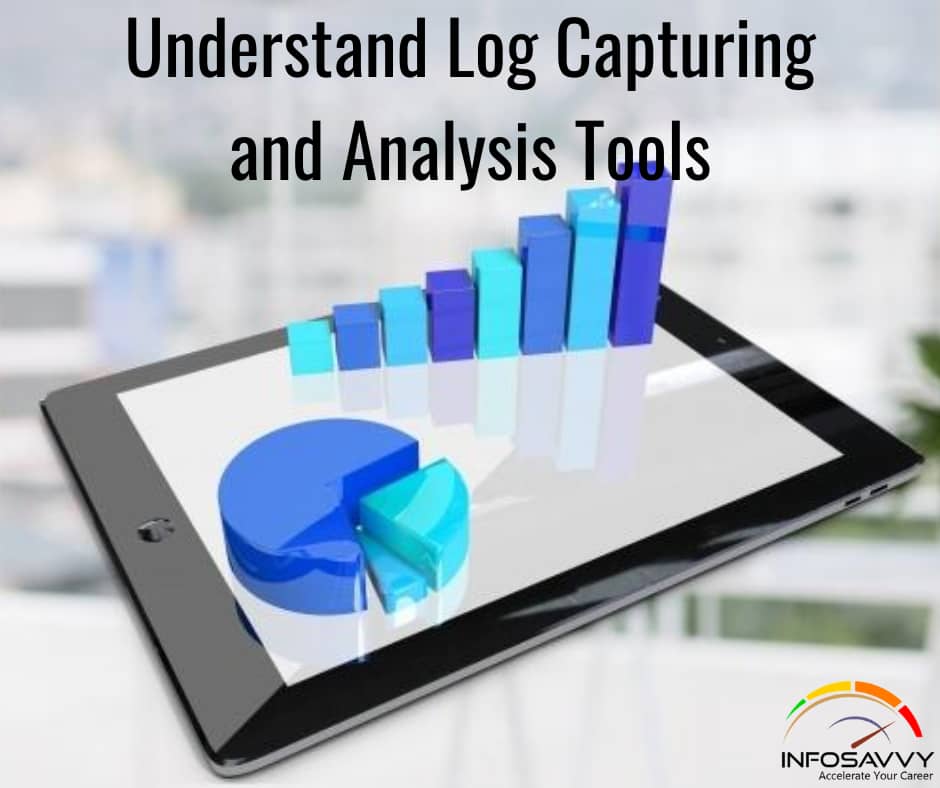Web Attack Investigation On Windows based Servers
Web Attack Investigation On Windows based Servers in this there are different indications related to each type of attack. For example, in a denial of service (DoS) attack, the customers are denied any access to the information or services available on the website. In such cases, customers report the unavailability of online services because the attacker prevents the legitimate user from accessing websites, email accounts, and other services that rely on the victim’s computer. Another …
Web Attack Investigation On Windows based Servers Read More »

